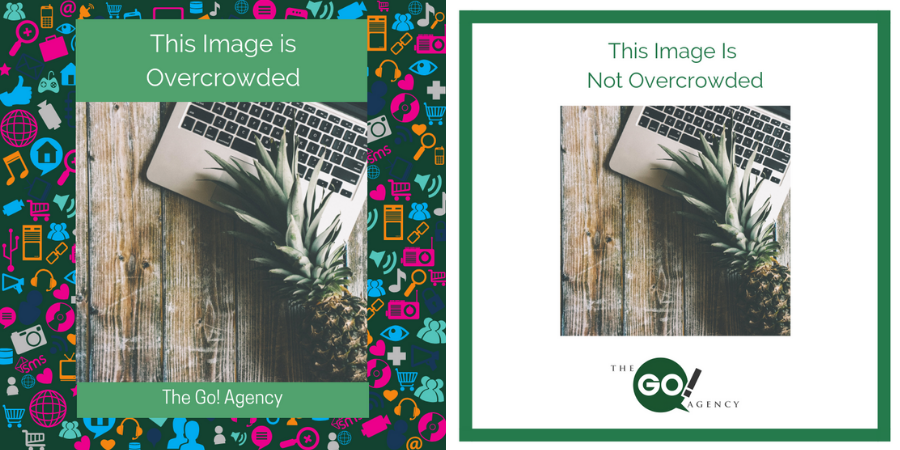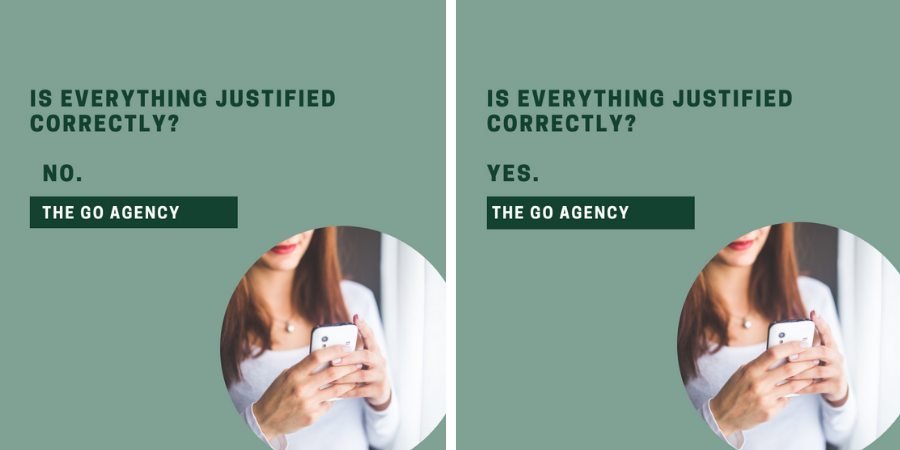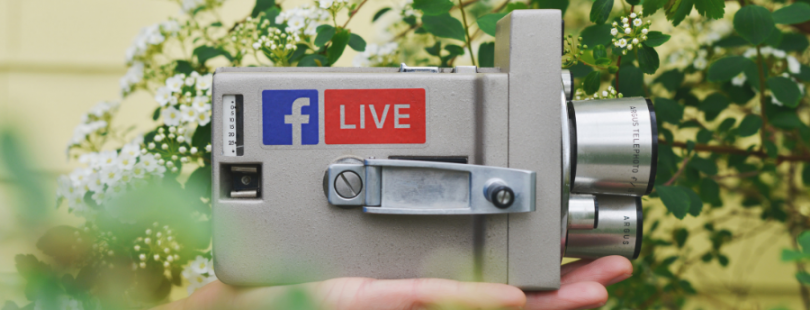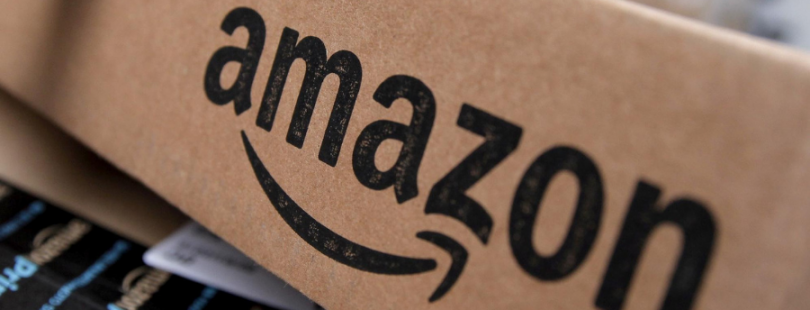Are you looking to get a fresh start during the new year? “New Year, New Me” has been a popular New Year’s saying for years, and it might actually be a good angle for your New Year’s marketing.
I’m going to show you which service-based businesses can benefit most from the “New Year, New Me” mantra, and why it’s worth your time and resources. Let’s dive in!
Who Should Use It?
I’m not going to tell you that, “People in these five industries should definitely use this strategy!” There are too many variables to say that only certain types of businesses can use it. Instead, I’m going to ask you a few questions to help you figure out how effective this new angle will be for your business.
If your customer could make themselves better, how would they do it? Then ask yourself: Can your business provide them with that change?
It sounds broad, but let me show you a specific example. Let’s say you own an auto repair shop, and you decide that your ideal customer is a young adult who just started a family and wants to make sure their car is safe. For that individual, they might want to be more responsible in 2019.
How can you give them that? You encourage them to be proactive in the new year by taking their car in for that oil change they’ve been putting off or some other routine maintenance.
Take a minute to think on it. If you think you have a way that your customer can improve themselves in the new year, then you should absolutely be telling them about it! But what makes this strategy so effective?
Why Should I Use It?
People in general (but especially on social media) are primarily interested in the “new.” While it helps to be constantly reinventing and improving your business, it’s hard to have a fresh, new idea every day of the week. Sometimes, giving the impression that you’re “new and improved” can be just as good, and tying your promotions into the new year is a great way to do that!
If your business has a presence on Twitter or Instagram, you’re also going to benefit from popular hashtags like #NewYearNewMe. When advertising how your service can help people improve themselves in 2019, use the hashtag to get some extra reach! Just be sure to add in another hashtag or two that are more relevant to your industry, since #NewYearNewMe is going to be filled with a variety of people who may or may not be in your target audience.
The new year is also a time when people tend to be busy. They’re worn out from the holidays and typically starting new projects at work, so you stand to gain even more by pointing out ways that your services will save people time. For example, maybe your landscaping business can free up your customers’ evenings, or your fitness classes offer effective, quick workouts to busy professionals. Find where your business fits in the angle and tell your customers all about it!
Keep Things Fresh
Stagnation doesn’t sell even in the calmest of times, but it’s especially useless during the start of a new year. Use “New Year, New Me” to give your business a great start in 2019. Otherwise, you run the risk of missing out on this once-a-year marketing strategy!
Do you want some individualized help with your social media marketing? Just set up a free consultation with The Go! Agency!
Read More




















